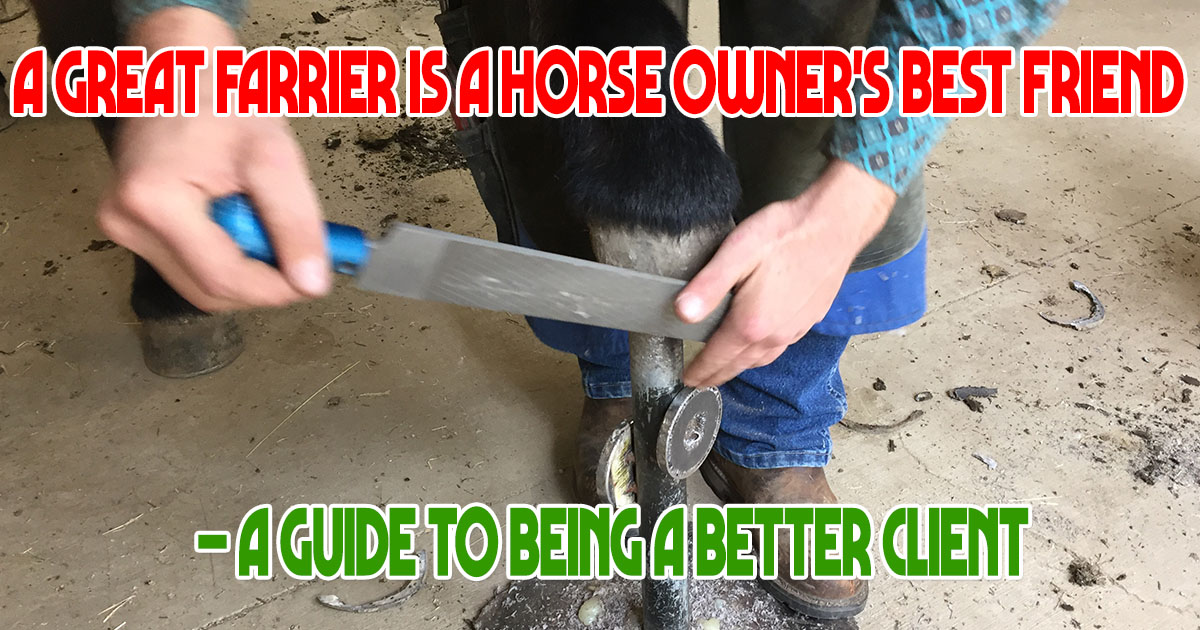Ellie kicked Alex. It was a stark reminder of my oversight. I hadn’t upheld my end of the bargain and had neglected to train her appropriately. That was a few years ago, and I’ve learned a bit since then.
I saw a bit on Facebook recently that stuck with me.
8 Tips to Find Good Farrier:
- 1. Train your horse to stand quietly
- 2. Train your horse to give a foot on command
- 3. Train your horse to hold up each foot for 3 min
- 4. Train your horse to be patient when tied
- 5. Exercise your horse
- 6. Play with your horse
- 7. Feed your horse
- 8. Groom your horse
Your farrier’s primary goal is to keep a horse’s hooves sound and healthy. Keeping this skilled professional happy can go a long way to developing a long-term relationship with them. Building a good relationship ensures your farrier will be there when needed in an emergency. It also means you won’t be one of the clients cut when he has too many and has to choose who to keep. Good farriers can cherry-pick the good horses and clients, leaving the rest of us to less experienced farriers to weed through. If you are fortunate enough to obtain a skilled farrier’s services, you are responsible for building the groundwork for that relationship. Here’s what I’ve tried to do over the years.
Invest in Training:
Your horse’s behavior during the farrier visit will significantly impact the experience for both the farrier and your horse. Train your horse to stand quietly, give their feet on command, and hold them up for extended periods. Building patience is critical. Consistent quality training builds trust between you, your horse, and your farrier, leading to smoother and safer visits.
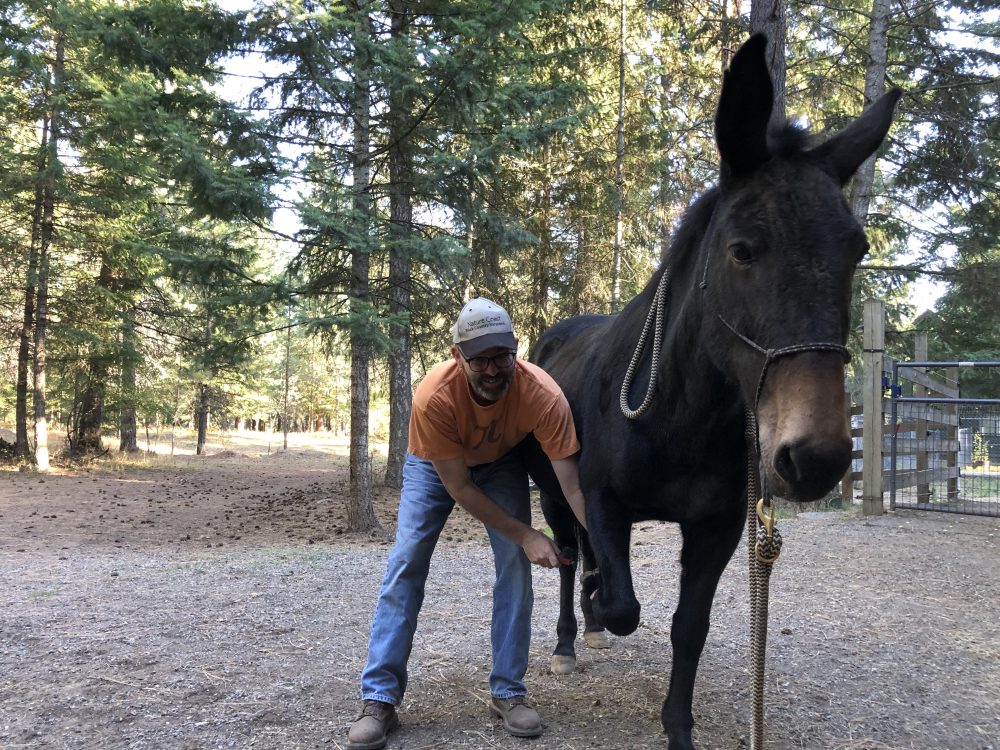
Cleaning your animal’s hooves daily is not enough. Be able to hold a hoof for an extended period. For an extended period, think 3-5 minutes. I have recently started holding each hoof for the duration of a song on the barn radio. The average length of a Top 40 song is 3 to 5 minutes. While you’re holding those legs, move around. Extend the horse’s legs forward to simulate a hoof stand. Get them used to having their hind legs up under the belly. Be creative. Yes, it takes a while to get through all four legs. You, your horse, and your farrier are worth the effort.
Handle Your Horse:
It’s your responsibility to train your horse for the farrier’s visit. Start training early and consistently reinforce good behavior. If needed, enlist a trainer to address any behavioral issues or resistance. Remember, a well-trained horse makes the farrier’s job easier and reduces the risk of accidents or injuries at other times.
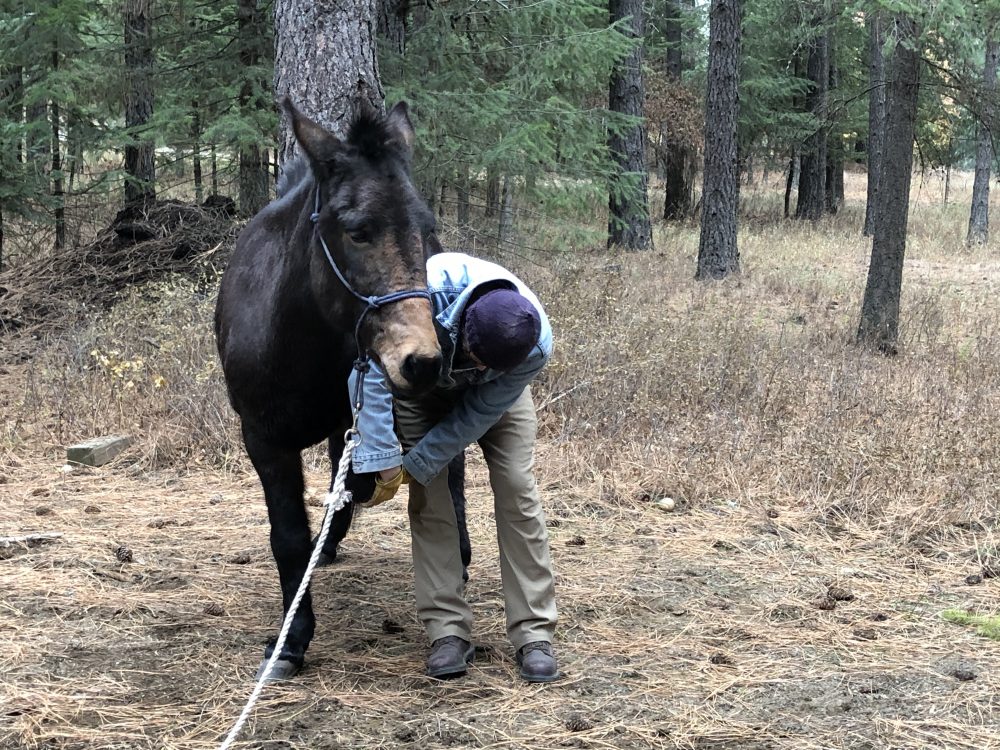
Pre-Farrier Prep:
Before the farrier arrives, engage in some exercise and playtime. A little exercise goes a long way to burning off excess energy, making your horse more relaxed and cooperative. Ensure they are fed and groomed. Set the stage for a comfortable and collaborative session. Groom your beasts, and ensure a clean and level area for your farrier to work in. A well-prepared environment enables your farrier to focus on the task, resulting in better outcomes for your horse’s hooves. Don’t ask your farrier to work on filthy, muddy horses tied to a shifting trailer parked on uneven ground. A thoughtful prepping routine benefits your horse and demonstrates your commitment to their well-being.
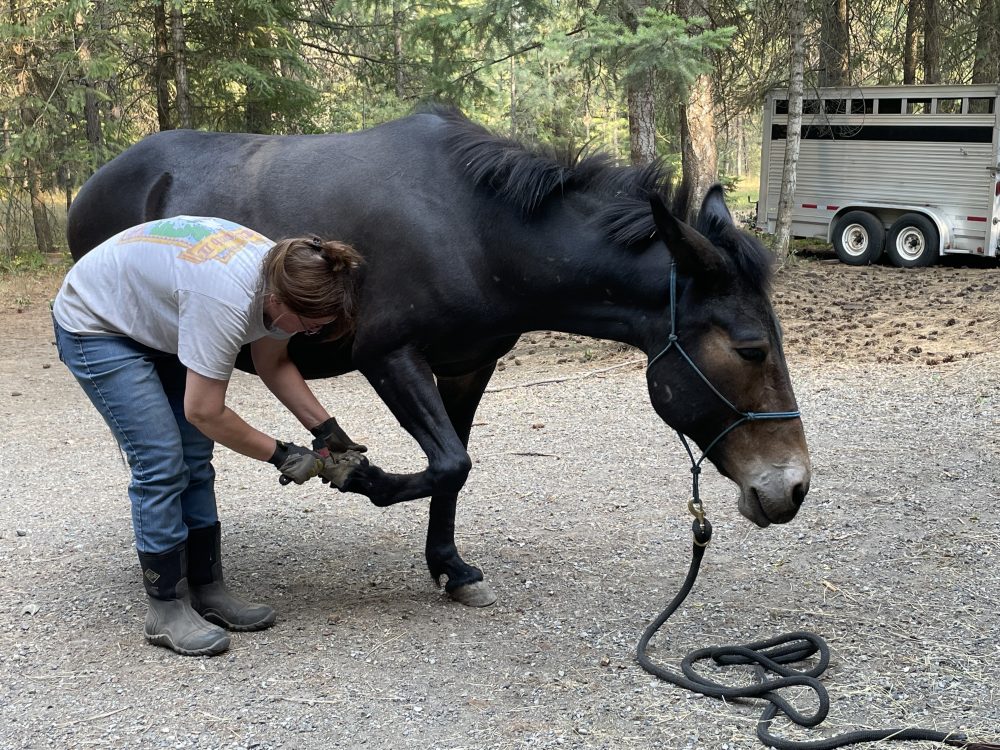
Respect Their Expertise:
Trust your farrier’s skill and experience. While questions are welcome, avoid micromanaging or offering unsolicited advice. Good farriers undergo rigorous training and apprenticeships to master their craft, and they rely on their expertise to make informed decisions about your horse’s hoof care. Share feedback on your horse’s performance, but try not to dictate the technical aspects of their work. Open communication and mutual respect foster a positive working relationship between you and your farrier.
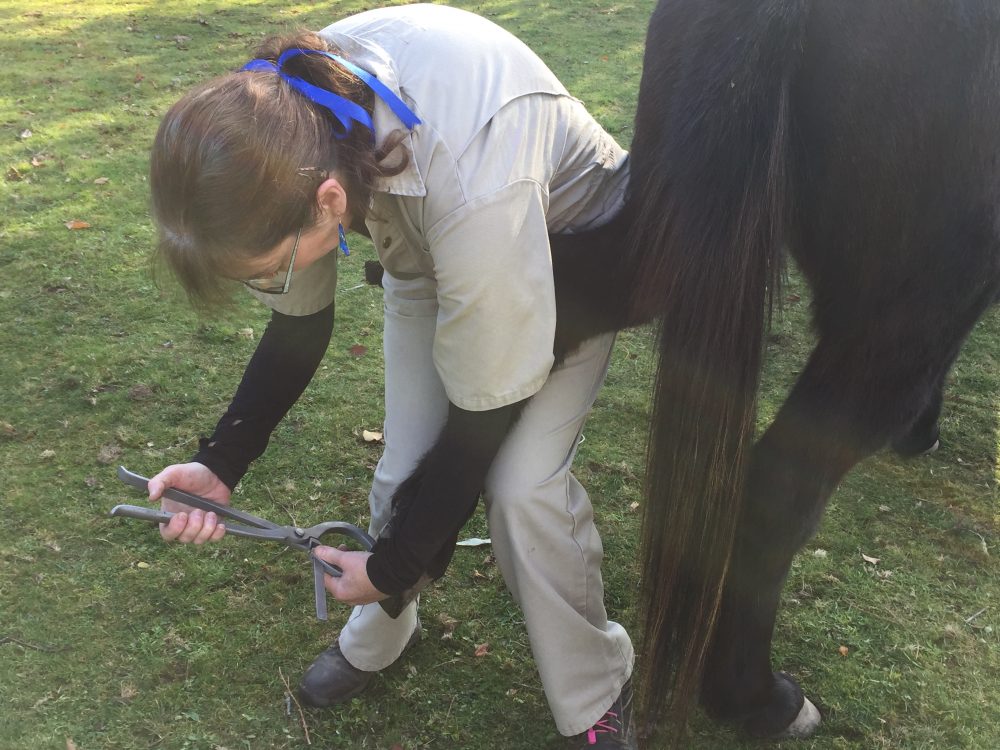
Build a Partnership:
A good relationship with your farrier benefits everyone. Show appreciation for their efforts in keeping your horse sound and healthy. Beyond providing quality hoof care, farriers often offer valuable insights and recommendations for maintaining your horse’s hoof health between visits. You ensure their continued availability and quality service by being a considerate and cooperative client.
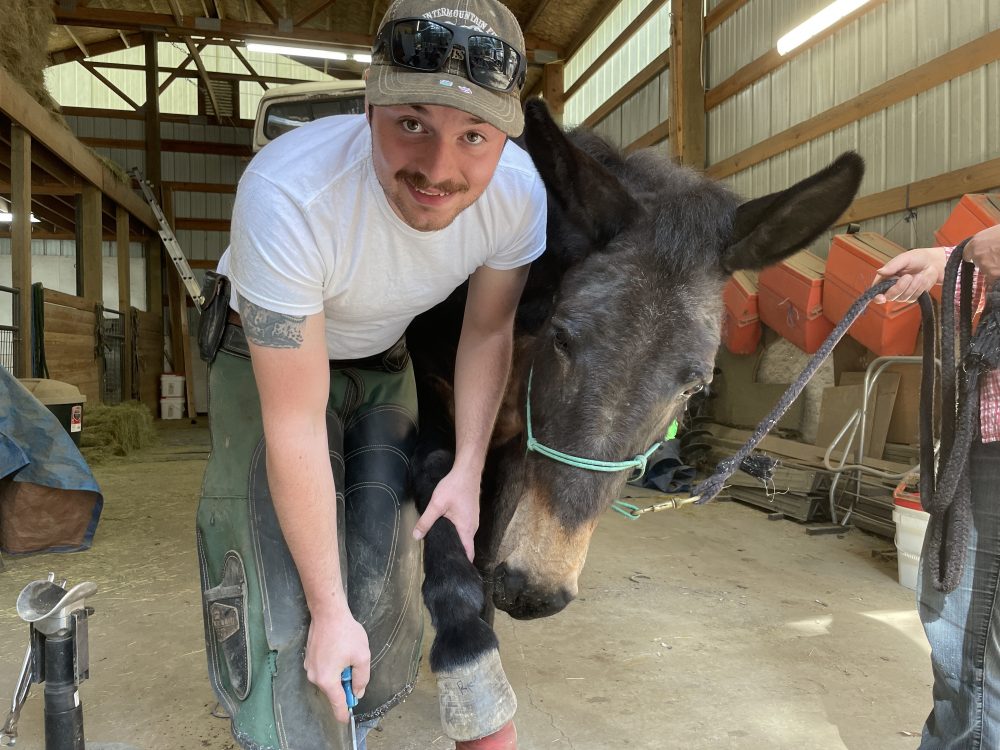
Becoming the ideal client for your farrier involves proactive training, timely preparation, and respectful collaboration. By understanding and meeting their expectations, you contribute to a positive working environment and support the well-being of your horse. Remember, a happy farrier is a valuable asset in your horse’s care team. Invest in building a solid partnership with your farrier, and together, you can ensure your horse receives the best possible hoof care for its long-term health and performance.
For more information on trail riding and camping with horses, as well as the world’s most extensive and only accurate guide to horse trails and camps, please give us a visit at www.TrailMeister.com


